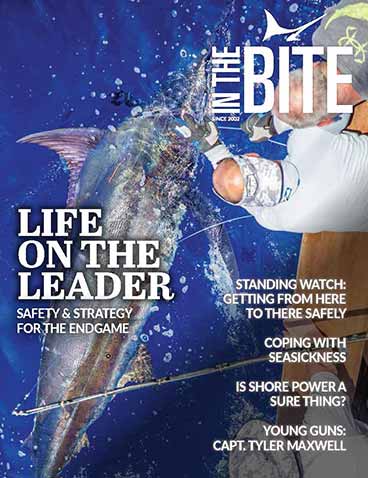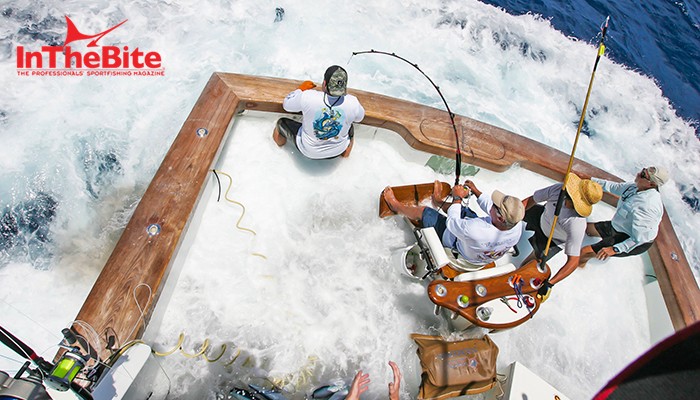Tackle Tips: L-Bar Bottom Rig
Capt. Bill Buckland, Fisherman Center Supplies Needed: L-Bar, 250 lb mono, 11/0 circle hooks, three-way swivel, deep drop gang rig and sash weight. The L-Bar is an excellent accessory to utilize when deep dropping for bottom fish. It is especially effective for catching tilefish. With a traditional five-hook gang rig, the hooks












